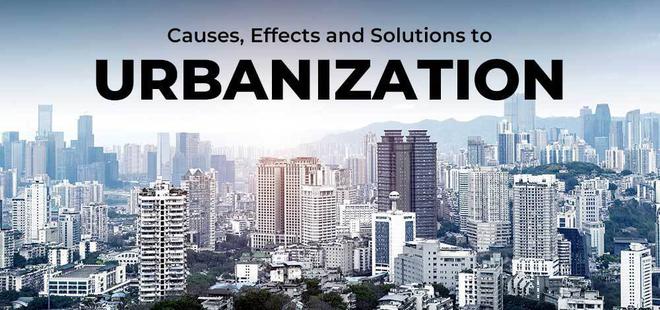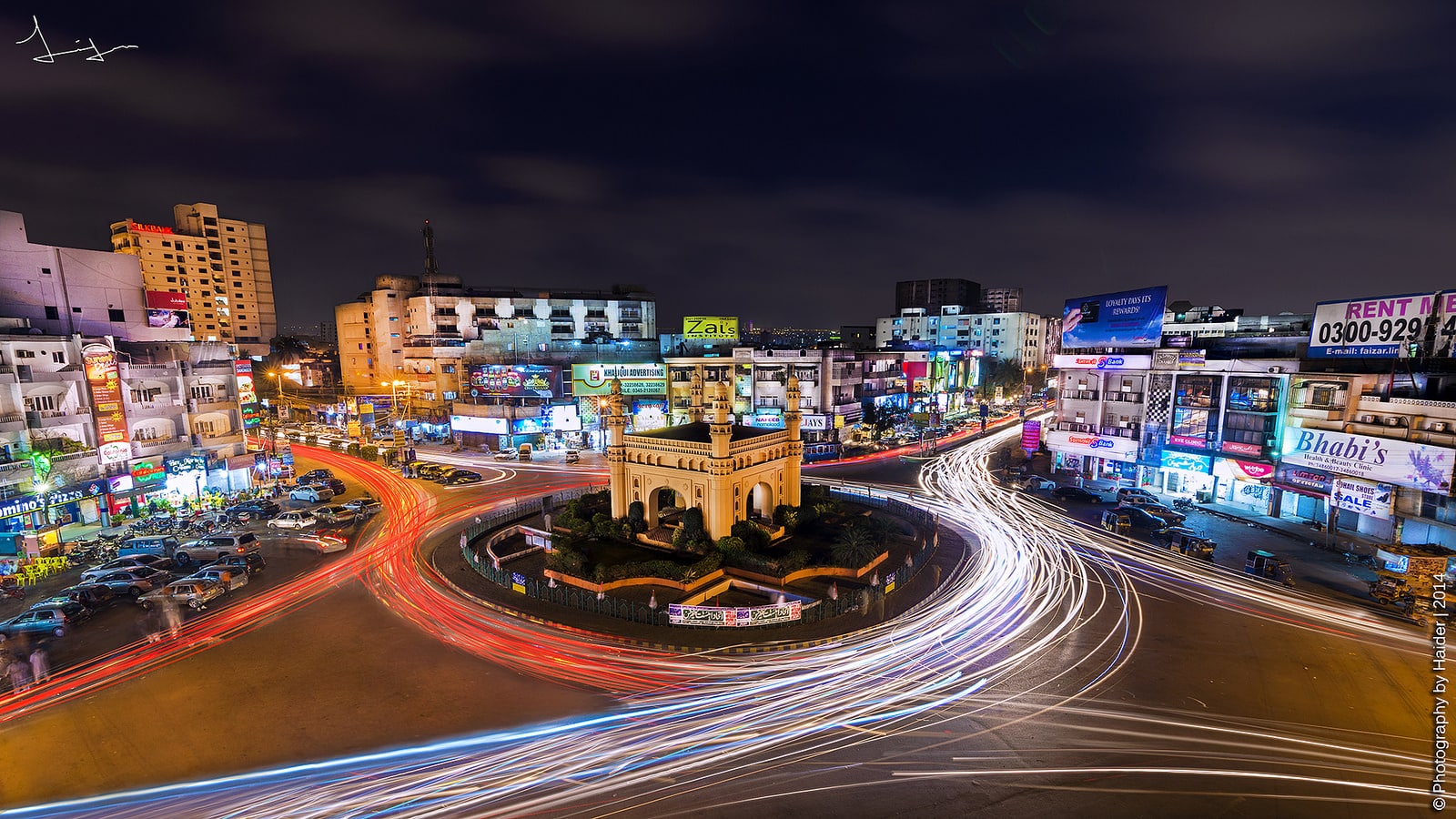Emerging Urbanization Trends
Introduction
Urbanization is a global phenomenon that has transformed the social, economic, and environmental landscapes of countries across the world. Pakistan, with its rapidly growing urban centers, is no exception. The country’s urbanization trends are particularly evident in its largest city, Karachi, which has experienced unprecedented growth in recent decades. This article explores the urbanization trends in Karachi, focusing on its demographic changes, economic contributions, and the challenges it faces as a result of rapid urban growth.

Urbanization Trends in Karachi
Demographic Growth and Population Dynamics
Karachi, the capital of Sindh province, is one of the fastest-growing cities in the world. According to pre-census results from 2013, Karachi’s population has been increasing at an alarming rate. Between 1998 and 2011, the city’s population grew from 9.8 million to 21.2 million, a staggering increase of 115%. This rapid growth has led to Karachi becoming one of the most densely populated megacities globally, with an average density of approximately 24,000 people per square kilometer. The city’s population is projected to continue growing, driven by both natural increase and migration.

Economic Contributions and Industrial Growth
Karachi’s economic significance cannot be overstated. The city generates 15% of Pakistan’s national GDP, 25% of the country’s revenues, and 62% of its total income tax. Karachi’s large-scale industrial sector employs 71.6% of Sindh’s total industrial labor force and produces 74.8% of the province’s industrial output. The city’s economic prowess is further bolstered by its status as Pakistan’s only port, making it a crucial hub for trade and commerce. The presence of powerful federal landowning interests, such as the Karachi Port Trust (KPT), Port Qasim, and the Civil Aviation Authority (CAA), further underscores its strategic importance.
Challenges of Rapid Urbanization
Despite its economic successes, Karachi faces numerous challenges due to rapid urbanization. The city’s infrastructure is under immense pressure, with housing, transportation, and basic amenities struggling to keep pace with population growth. The high population density has led to the proliferation of slums and informal settlements, known as katchi abadis. These areas often lack basic services such as clean water, sanitation, and electricity, posing significant health and environmental risks.
The issue of land ownership and urban planning is another critical challenge. Much of the land in Karachi is not properly demarcated, leading to disputes and inefficiencies. The ad hoc expansion of the city is encroaching on potential green areas and agricultural land, highlighting the need for sustainable urban development. Additionally, the city’s transportation system is overburdened, with traffic congestion and inadequate public transport options exacerbating the quality of life for residents.
Regional and National Implications
Urbanization in Sindh and Pakistan
Karachi’s urbanization trends have significant implications for the rest of Sindh and Pakistan. The city contains 62% of Sindh’s urban population and 30% of its total population. This concentration of population and economic activity has led to a complex relationship between Karachi and the rest of the province. The city’s growth has also had a spillover effect on other urban centers in Sindh, contributing to the overall urbanization of the province.
At the national level, Karachi’s demographic and economic trends reflect broader patterns of urbanization in Pakistan. The country’s urban population is growing rapidly, driven by factors such as rural-urban migration, natural increase, and the search for economic opportunities. However, unlike Karachi, other major cities in Pakistan, such as Lahore, have not experienced the same level of population concentration. Lahore, the capital of Punjab province, contains only 7% of Punjab’s total population. This disparity highlights the unique challenges and opportunities presented by Karachi’s urbanization.
Global Context and Future Prospects
Karachi’s urbanization trends are part of a broader global pattern of urban growth. Cities in Asia and Africa are currently experiencing the fastest rates of urbanization, with future projections indicating that this trend will continue. The challenges faced by Karachi, such as housing shortages, infrastructure deficits, and environmental degradation, are similar to those experienced by other rapidly urbanizing cities in the Global South. Addressing these challenges will require innovative urban planning, sustainable development strategies, and effective governance.
Conclusion
Urbanization trends in Karachi present both opportunities and challenges for the city, Sindh province, and Pakistan as a whole. The city’s rapid population growth and economic contributions are significant, but they come with the need for sustainable urban development, improved infrastructure, and better governance. As Karachi continues to grow, it will be crucial for policymakers, urban planners, and stakeholders to work together to address the challenges of urbanization and ensure a sustainable future for the city and its residents.
